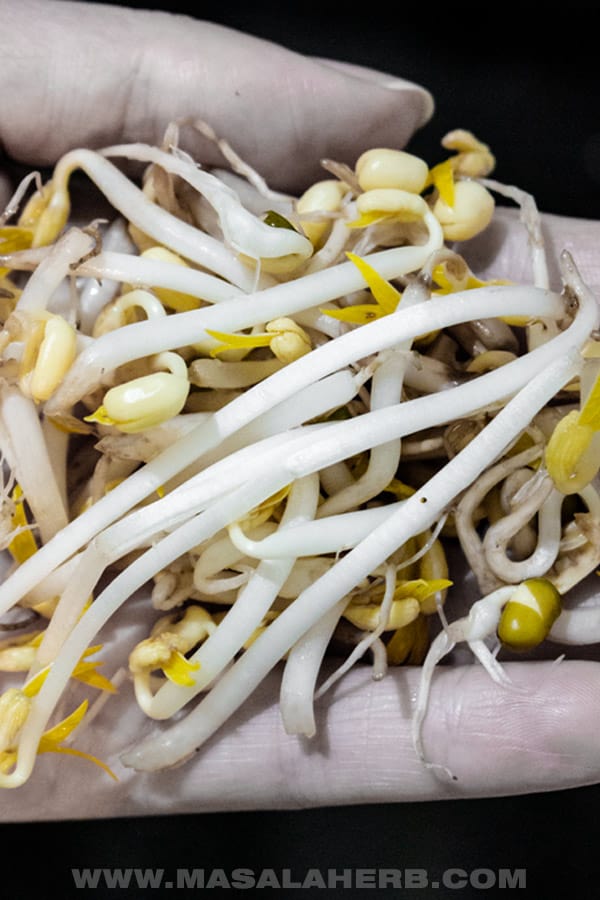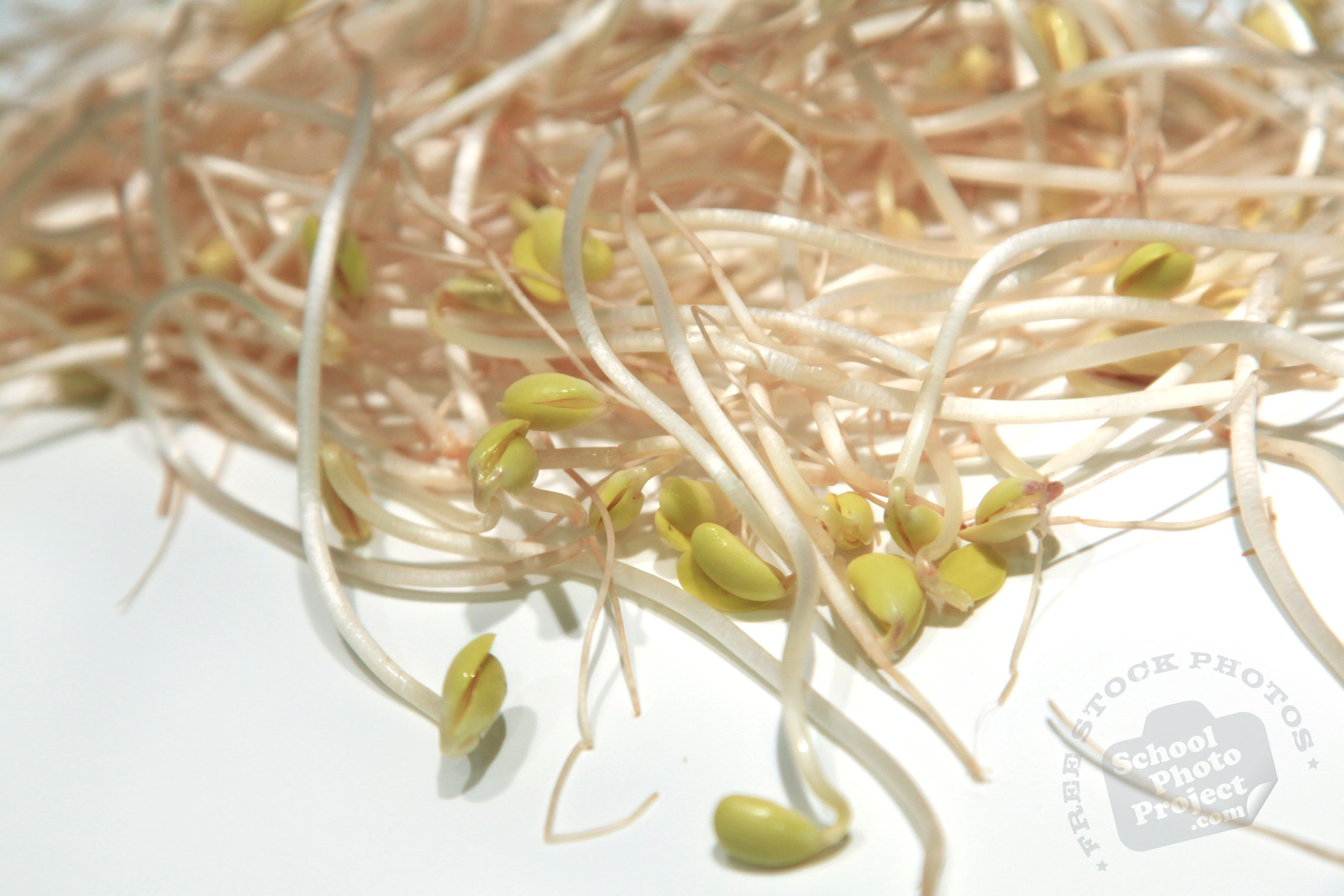

I usually only sprout quinoa for one day (soak grains overnight – next morning drain + sprout – that evening eat raw or cook), whereas buckwheat and brown rice usually takes 2-3 days to sprout. Rinse your grains twice a day, morning and night until they’re sprouted to your liking. The following day transfer soaked grains to a fine sieve (I find it easier to transfer soaked grains to a sieve to sprout instead of leaving them in a jar as I do for legumes, as they have more room than in a glass jar), rinse well, then place over a bowl, cover with a glass lid and set aside on the bench to sprout. I leave them to soak overnight on the bench during cooler weather, but in summer you’d be best to pop the covered bowl/jar into the fridge. Add a splash of apple cider vinegar/lemon juice or whey to the water to help improve digestibility even more. To do this, soak grains (I usually do about 1 cup at a time, but of course the amount it up to you!) overnight in plenty of cold water. Grains such as quinoa, buckwheat and brown rice can also be sprouted before eating raw or cooking. Sprouted legumes can be eaten raw in salads or can be cooked and added to stews and soups for added goodness. Your sprouts will keep for up to a week in the fridge. This stops them from going manky straight away in the fridge. VERY IMPORTANT TIP! To ensure your sprouts are dry enough to store, spread them out onto a clean tea towel and leave to air dry for 2-3 hours before transferring to a glass jar/container and storing in the fridge. Lentils, mung beans and blue peas sprout quickly, while other beans can take up to 4 days to sprout. After 2-4 days your sprouts will be ready to eat.

Place jar on its side or rest upside down in a bowl on a slight angle, to allow any excess water to drain off, then place on your bench in a bright spot out of direct sunlight.Įvery day rinse and drain your sprouts before returning to the bench. The following day, drain the water, rinse and drain again. Place your chosen legume (or a mixture) into a glass jar (Agee jars are perfect), cover with plenty of cold filtered water, screw on a sprouting lid (or use a piece of muslin and a rubber band to hold things in place) and leave on your bench overnight. Smaller legumes such as mung beans, blue peas, adzuki beans and lentils can be eaten raw or cooked, whereas larger beans such as kidney beans or chickpeas benefit from being cooked after sprouting (but can totally be eaten raw if so desired too!).ġ/4-1/2 cup dried legumes (I love mung beans, lentils and blue peas the most, but chickpeas, whero peas, adzuki and other beans can also be sprouted too). They’re also much easier to digest once sprouted and contain fewer anti-nutrients and phytic acid, which is always a good thing.
#SPROUT BEANS FULL#
Packed full of more protein and readily available nutrients than their dried counterpart, sprouted legumes and grains add a lovely boost to your diet. I probably sprout mung beans and lentils more than anything else, but I’ll often sprout chickpeas before cooking or making into falafel (you can find my recipe in My Darling Lemon Thyme, my first cookbook), as well as quinoa and occasionally broccoli seeds too. I’ve been asked a bunch of times if I could provide a little more info on my sprouting technique, as I eat sprouts in some form or another most days and often share photos on my Instagram feed. While the hippies amongst us have always known about the goodness contained in sprouts (my mum used to send us to school with a peanut butter + alfalfa sprout sandwich, remember?), it’s only been in recent years that this preparation method has entered collective conscience.


 0 kommentar(er)
0 kommentar(er)
